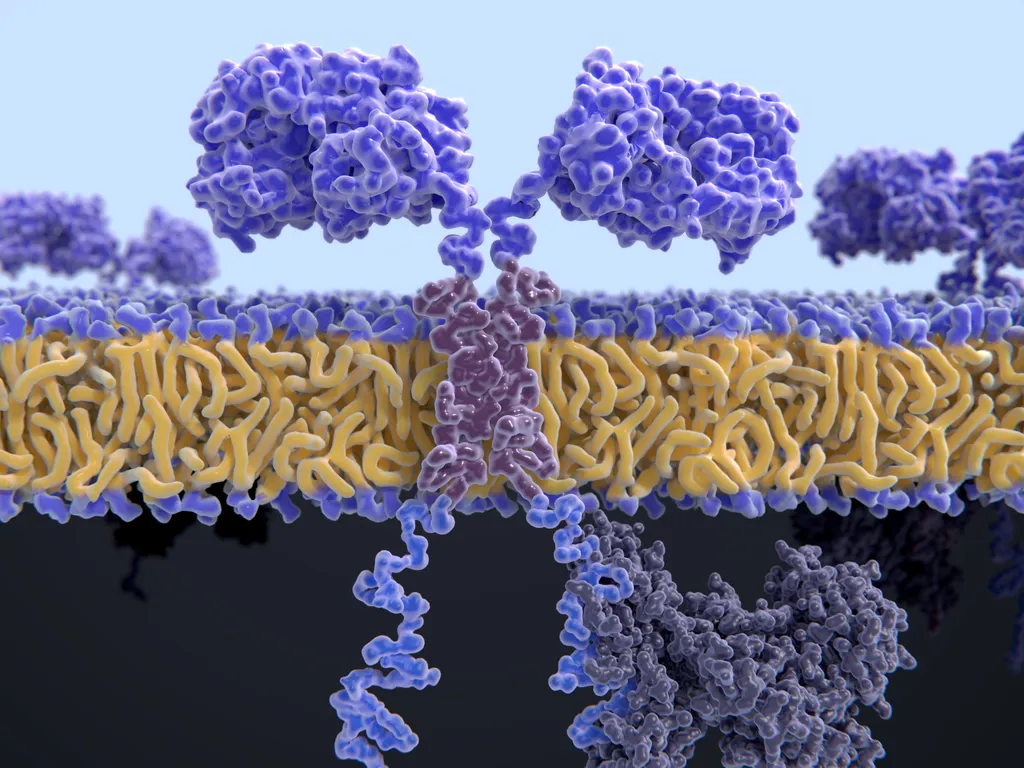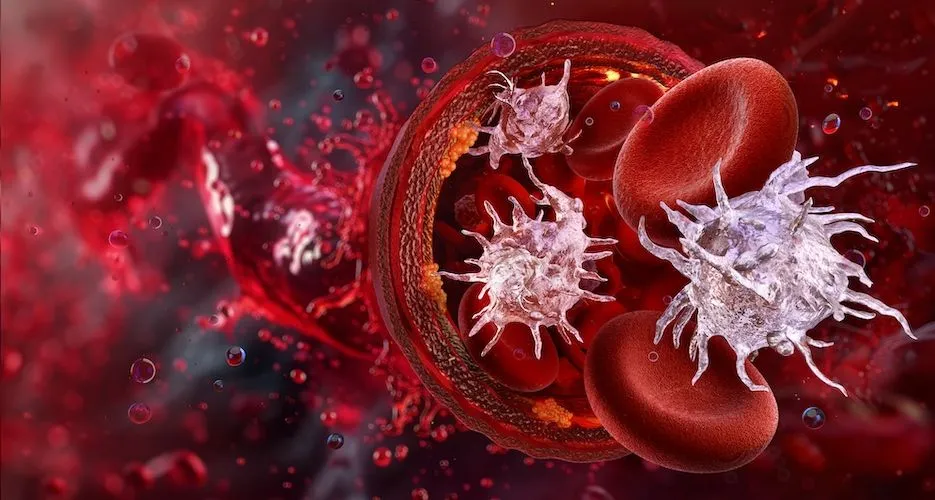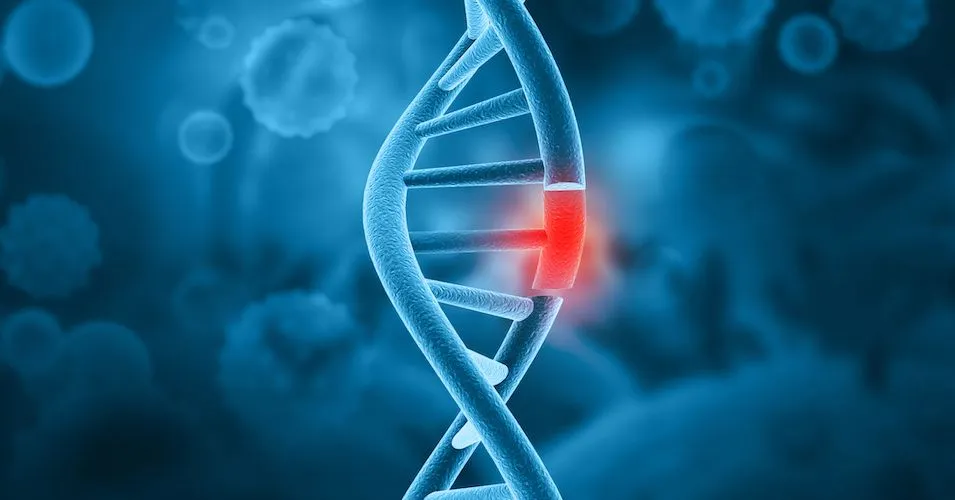A Better Understanding of Multiple Myeloma Biology

Exciting New Research Offers Hope for Better Myeloma Treatments
Recently, a new paper was published in the journal Nature Cancer that offers fresh insights into multiple myeloma. This research not only helps us better understand the disease, but also points to new ways of identifying patients who are at higher risk, and even suggests new treatments for the future. This study was a team effort by top scientists from Germany’s Charité Hospital and the German Cancer Consortium.
While the paper is complex, I’ve summarized some of the key findings to help you understand what it means for multiple myeloma patients.
Why We Need Better Ways to Treat Multiple Myeloma
The researchers begin by acknowledging that while treatments for multiple myeloma have improved, it is still not curable. Better ways to identify high-risk patients and develop new treatments are urgently needed.
One area that has not been fully explored in multiple myeloma is the "proteome," which refers to all the proteins in the body’s cells. Studying proteins can provide important information about the disease that might help doctors better predict how patients will respond to treatment.
Key Findings About How Multiple Myeloma Develops
The study looks closely at how changes in chromosomes (the structures that carry our genes) contribute to multiple myeloma. These changes often begin even before myeloma develops, during a stage called MGUS (monoclonal gammopathy of undetermined significance), which some of you might be familiar with.
Certain changes in the genes of myeloma patients, such as those involving chromosome 14, are linked to how the disease behaves. The researchers also looked at other gene changes that happen as the disease progresses, which include losses or gains of important genetic material (like chromosome 13, 17, and 1q) and mutations in several key genes.
How This Research Can Lead to New Treatments
One exciting part of the study is how it looks at the proteins made by these genetic changes. By comparing proteins from patients with healthy cells and those with earlier stages of the disease like MGUS, the researchers identified proteins unique to multiple myeloma that could be used to track how the disease progresses.
The Role of Chromosome 1q and a New Treatment Target
A specific change, called chromosome 1q amplification, is known to put patients at higher risk. The researchers found a protein called UBE2Q1 that is linked to this change and that seems to make cancer more resistant to treatment. They believe this protein could be a good target for new drugs in the future, not just for multiple myeloma but for other types of cancer too.
New Ways to Predict Outcomes for Patients
The study also introduced a new tool—a "protein risk signature"—that doctors could use to predict how well patients will do. This signature is based on the levels of certain proteins found in multiple myeloma cells and was shown to work even better than current methods for predicting risk. This means doctors could use it to personalize treatments for each patient, giving them the best chance of success.
New Proteins That Could Lead to Better Immunotherapies
The study also looked for new proteins that could be targets for immunotherapies like CAR-T or bispecific antibodies. They found that while BCMA is a well-known target, other proteins like FCRL2 and FCRL5 could be just as important. FCRL5 is already being studied in clinical trials, and FCRL2 could become a new target in the future.
Early Stages of Multiple Myeloma and Plasma Cell Leukemia
Interestingly, the researchers found that MGUS (the early stage before myeloma develops) and full-blown multiple myeloma are almost identical in terms of the proteins they produce. This might explain why some patients with MGUS don’t develop myeloma for years, while others progress more quickly. They also noted that plasma cell leukemia (a rare but aggressive form of the disease) has a very different protein profile from multiple myeloma, making it more similar to other fast-growing cancers.
What This Means for You
This research could have a big impact on the future of multiple myeloma treatment. By identifying proteins that can predict how aggressive the disease will be, doctors may be able to tailor treatments to each patient’s specific situation. The discovery of new protein targets also opens the door for future treatments that could make treatment more effective and, hopefully, help patients live longer and better lives with multiple myeloma.
Learning about genetics and risk in multiple myeloma can be confusing. Head to our free education platform, HealthTree University, to learn more about this subject from myeloma specialists.
Exciting New Research Offers Hope for Better Myeloma Treatments
Recently, a new paper was published in the journal Nature Cancer that offers fresh insights into multiple myeloma. This research not only helps us better understand the disease, but also points to new ways of identifying patients who are at higher risk, and even suggests new treatments for the future. This study was a team effort by top scientists from Germany’s Charité Hospital and the German Cancer Consortium.
While the paper is complex, I’ve summarized some of the key findings to help you understand what it means for multiple myeloma patients.
Why We Need Better Ways to Treat Multiple Myeloma
The researchers begin by acknowledging that while treatments for multiple myeloma have improved, it is still not curable. Better ways to identify high-risk patients and develop new treatments are urgently needed.
One area that has not been fully explored in multiple myeloma is the "proteome," which refers to all the proteins in the body’s cells. Studying proteins can provide important information about the disease that might help doctors better predict how patients will respond to treatment.
Key Findings About How Multiple Myeloma Develops
The study looks closely at how changes in chromosomes (the structures that carry our genes) contribute to multiple myeloma. These changes often begin even before myeloma develops, during a stage called MGUS (monoclonal gammopathy of undetermined significance), which some of you might be familiar with.
Certain changes in the genes of myeloma patients, such as those involving chromosome 14, are linked to how the disease behaves. The researchers also looked at other gene changes that happen as the disease progresses, which include losses or gains of important genetic material (like chromosome 13, 17, and 1q) and mutations in several key genes.
How This Research Can Lead to New Treatments
One exciting part of the study is how it looks at the proteins made by these genetic changes. By comparing proteins from patients with healthy cells and those with earlier stages of the disease like MGUS, the researchers identified proteins unique to multiple myeloma that could be used to track how the disease progresses.
The Role of Chromosome 1q and a New Treatment Target
A specific change, called chromosome 1q amplification, is known to put patients at higher risk. The researchers found a protein called UBE2Q1 that is linked to this change and that seems to make cancer more resistant to treatment. They believe this protein could be a good target for new drugs in the future, not just for multiple myeloma but for other types of cancer too.
New Ways to Predict Outcomes for Patients
The study also introduced a new tool—a "protein risk signature"—that doctors could use to predict how well patients will do. This signature is based on the levels of certain proteins found in multiple myeloma cells and was shown to work even better than current methods for predicting risk. This means doctors could use it to personalize treatments for each patient, giving them the best chance of success.
New Proteins That Could Lead to Better Immunotherapies
The study also looked for new proteins that could be targets for immunotherapies like CAR-T or bispecific antibodies. They found that while BCMA is a well-known target, other proteins like FCRL2 and FCRL5 could be just as important. FCRL5 is already being studied in clinical trials, and FCRL2 could become a new target in the future.
Early Stages of Multiple Myeloma and Plasma Cell Leukemia
Interestingly, the researchers found that MGUS (the early stage before myeloma develops) and full-blown multiple myeloma are almost identical in terms of the proteins they produce. This might explain why some patients with MGUS don’t develop myeloma for years, while others progress more quickly. They also noted that plasma cell leukemia (a rare but aggressive form of the disease) has a very different protein profile from multiple myeloma, making it more similar to other fast-growing cancers.
What This Means for You
This research could have a big impact on the future of multiple myeloma treatment. By identifying proteins that can predict how aggressive the disease will be, doctors may be able to tailor treatments to each patient’s specific situation. The discovery of new protein targets also opens the door for future treatments that could make treatment more effective and, hopefully, help patients live longer and better lives with multiple myeloma.
Learning about genetics and risk in multiple myeloma can be confusing. Head to our free education platform, HealthTree University, to learn more about this subject from myeloma specialists.

about the author
Paul Kleutghen
I am a patient diagnosed in 2014 with primary plasma cell leukemia (pPCL), a rare and aggressive variant of multiple myeloma and have been very fortunate to find successful treatment at the division of Cellular Therapy at the Duke University Cancer Institute. My wife, Vicki, and I have two adult children and two grandsons who are the ‘lights of our lives’. Successful treatment has allowed Vicki and I to do what we love best : traveling the world, albeit it with some extra precautions to keep infections away. My career in the pharmaceutical industry has given me insights that I am currently putting to use as an advocate to lower drug pricing, especially prices for anti-cancer drugs. I am a firm believer that staying mentally active, physically fit, compliant to our treatment regimen and taking an active interest in our disease are keys to successful treatment outcomes.
More on Core Education
Trending Articles
Get the latest thought leadership on your Blood Cancer delivered straight to your inbox
Subscribe to the weekly newsletter for news, stories, clinical trial updates, and helpful resources and events with cancer experts.











